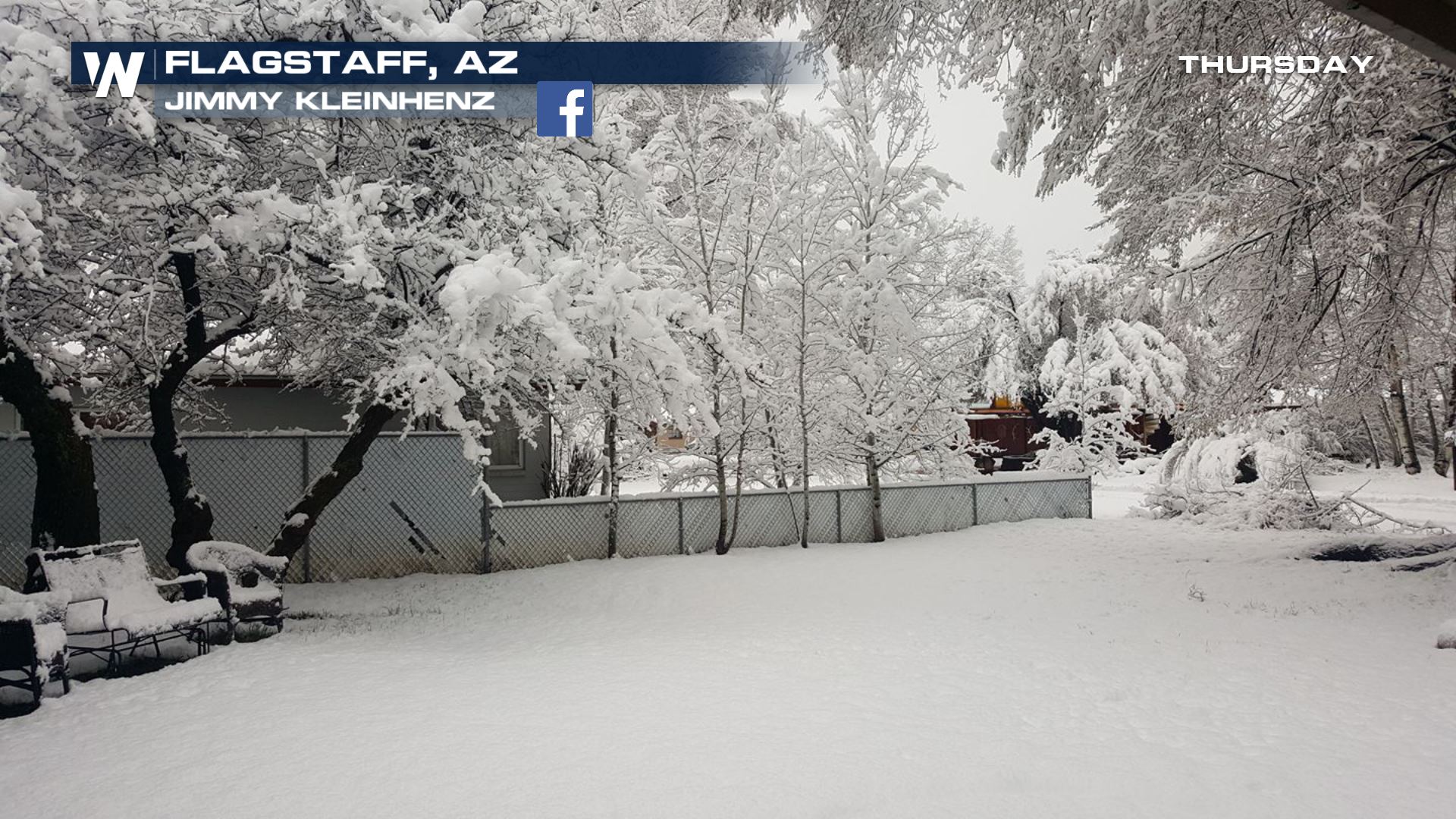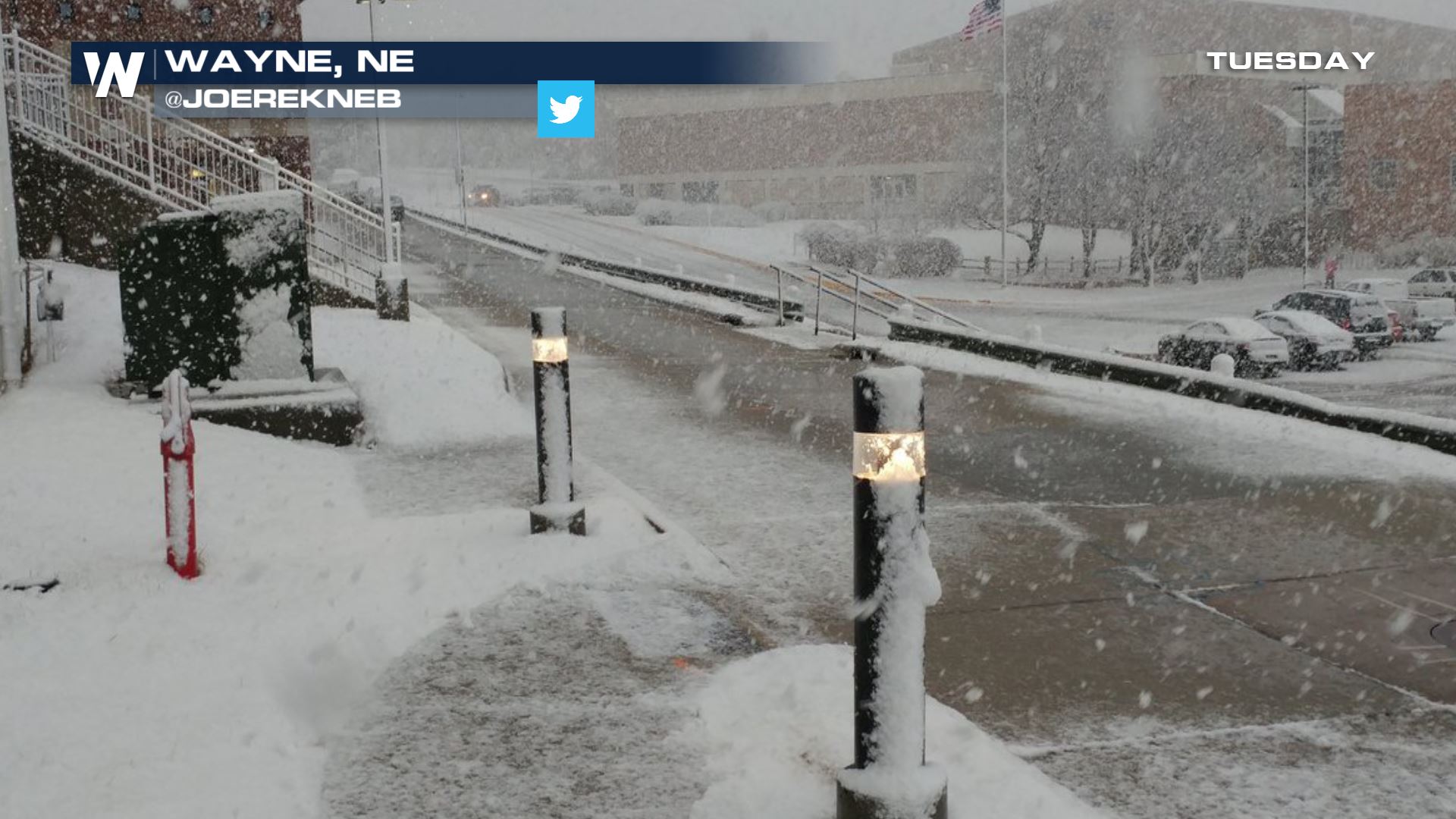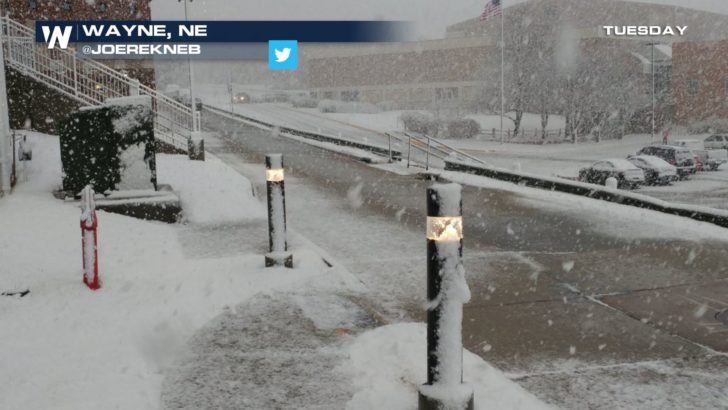Whether you’ve asked yourself this question, or not it’s definitely something you’re now determined to find out!

Snow
One of the greatest parts of winter, is snow– fact.
Other than slowing the daily commute, just about every other aspect of this winter wonder is amazing!
And the atmospheric process that gives us snow is just about as amazing as playing in a fresh bit of fluffy powder.
Tiny little ice crystals collide together high up in the atmosphere, slowly getting bigger and bigger with each collision.
Little crystals hit other little crystals, but big crystals can also grab onto those little ones or even two bigger bunches can come together!
This process continues until the flake becomes heavy enough to fight the updraft in the clouds and falls toward the surface.
Actually, this is the same process that gives us most of our rain here in the U.S.– the ice just melts before reaching the surface!
#beUtahful day in the neighborhood #skibusreport #freshpow @ChaseThomason @UtahWxMan @weathercaster @SLCScanner @SkiUtah @WeatherNation pic.twitter.com/KZrA7TiPdz
— Andy Hyer (@dannahyer) March 23, 2017
Temperature
Now that we know rain occurs when the ice melts, but what happens when things are a bit cooler?
Well, depending on the temperature snowflakes form differently.
We are most familiar with ‘plates’ or the classic snowflake we all cut from folded paper in elementary school.
This neat graphic from the University of Alaska.

Dendrites are the, “No two snowflakes are alike.” kind.
And though I could go on for days about different snow types and snow packs and even waxing your skis for every different formation– we’ll just talk about the warm dendrites.
Giant Snow
During a spring snow storm, it isn’t uncommon to get snow to fall when temperatures are at or slightly above freezing.
When this happens you may notice the flakes tend to be a bit bigger.
At times even an inch in diameter!
This happens all thanks to the warming of the atmosphere as the snowflake nears the surface.
Sub-freezing temperatures high in the atmosphere overhead form the snowflake with the same process as usual, but as they fall from the sky warmer temperatures melt the outer most layer of the flake. Because of this melting the flakes become sticky. Those sticky flakes then clump together forming those massive, soft spring time flakes we all know and love!
Those warmer temperatures don’t just help the flakes grow, they also make appreciating them much easier.

Rapid Melting
You may notice that these flakes are quick to stick, but fast to melt.
There’s a few different reasons for that.
First the warmer temperatures, duh. We all know that if temperatures are above freezing snow will melt. It’s simple.
But what about some of the other factors.
Sun angle plays a major role in spring-time snow melt. Not only does it bring us those warmer temperatures, it also heats the ground before a new round of snow and helps melt what already falls!

More nerding out to come!
For WeatherNation — Meteorologist Jeremy LaGoo
